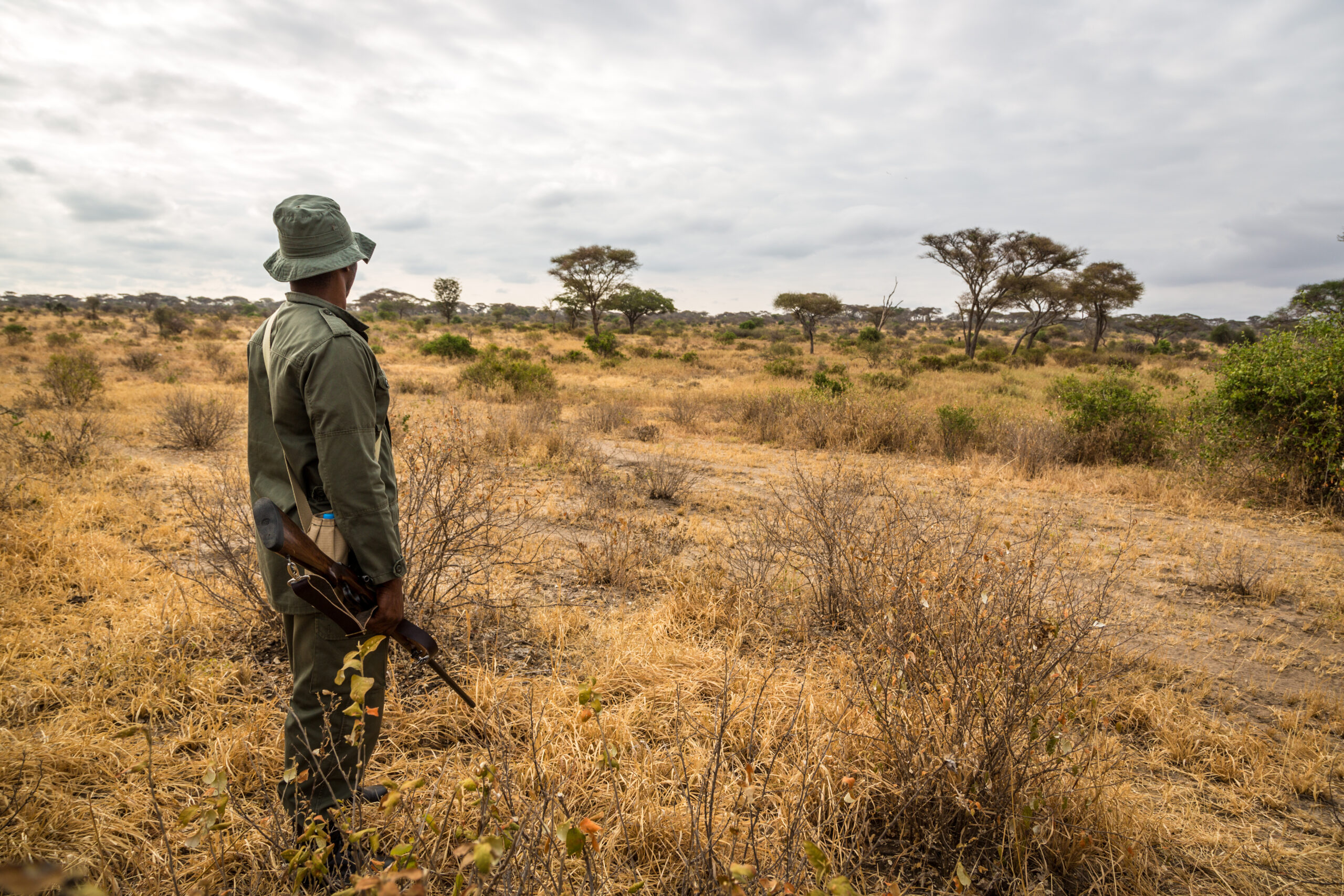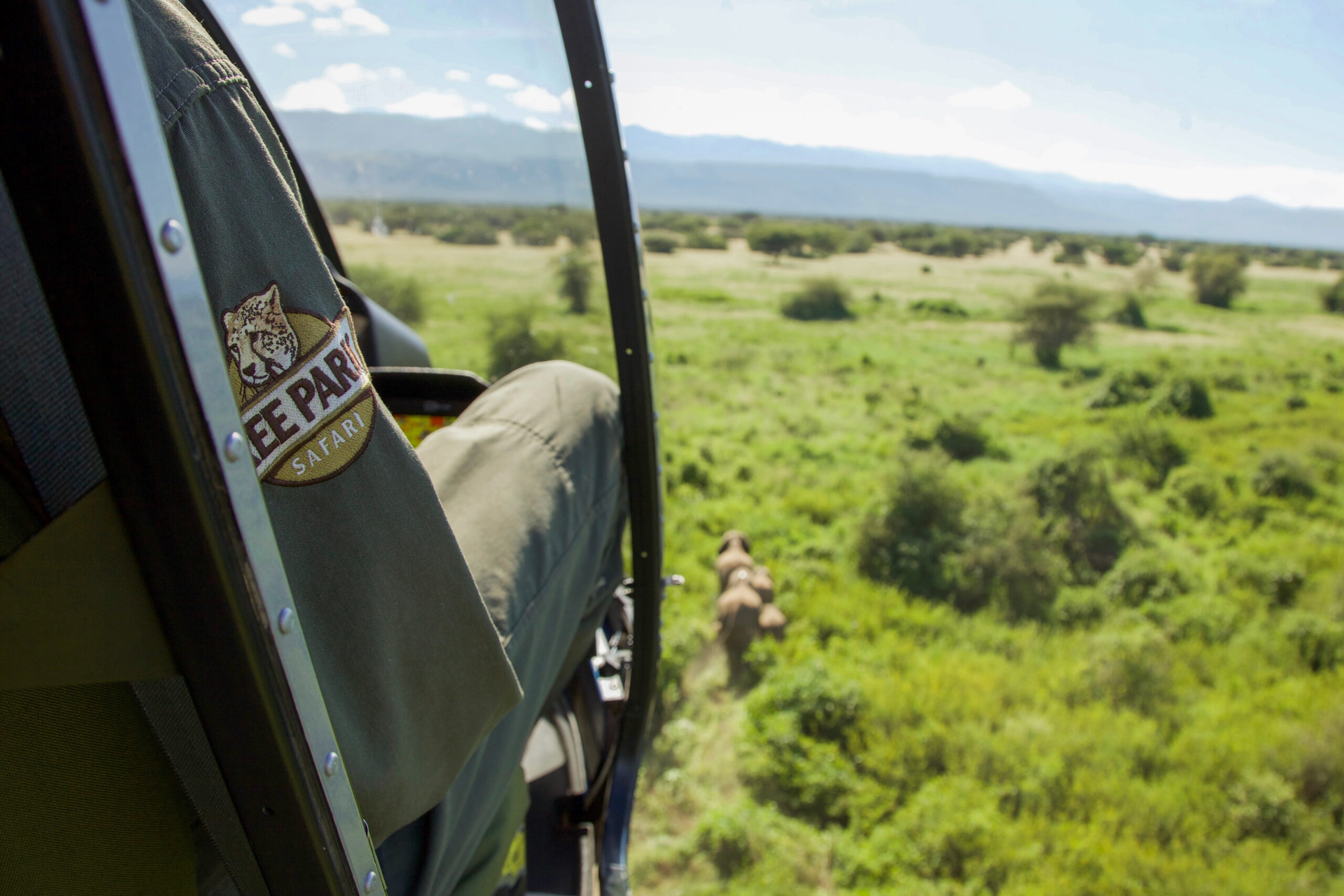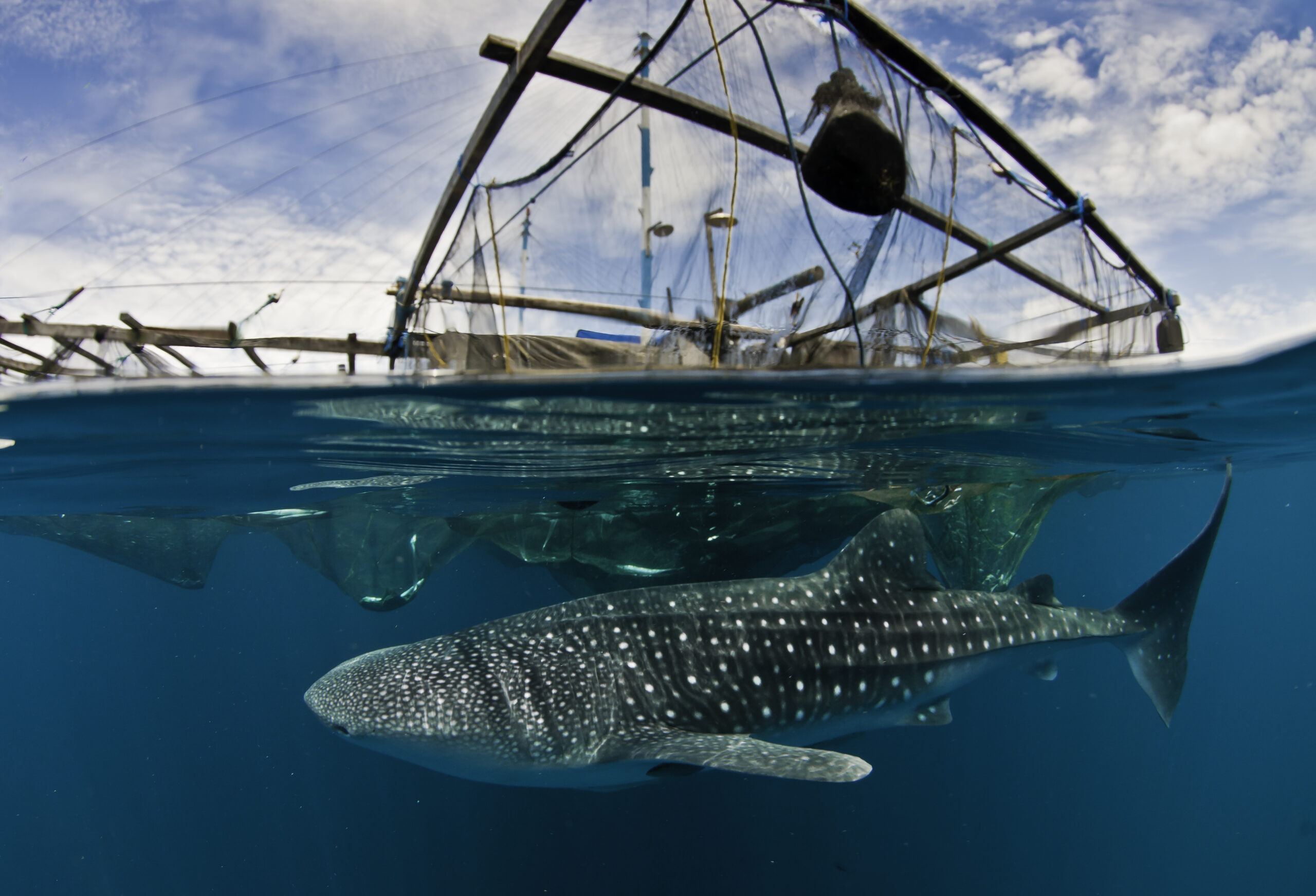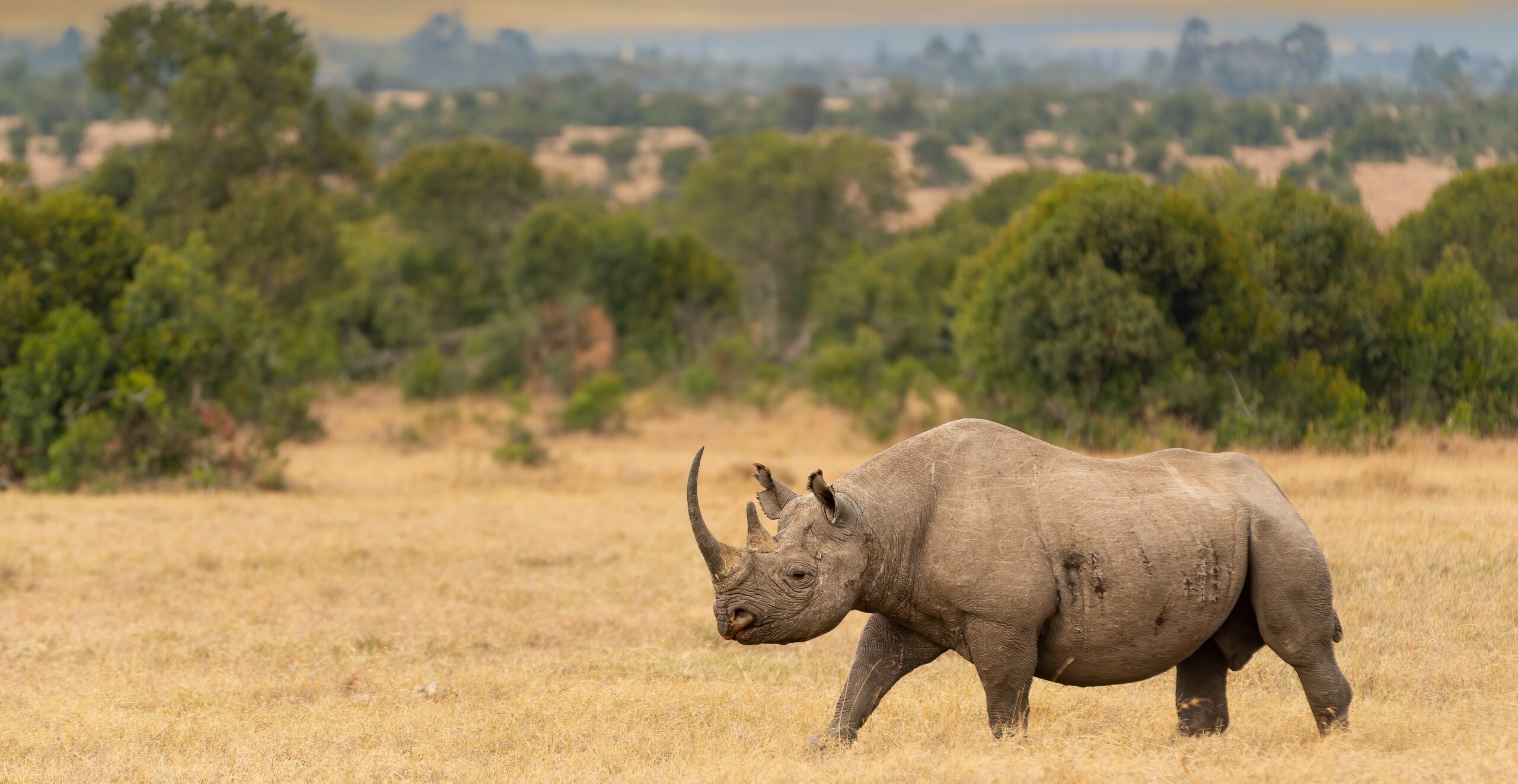Human-wildlife coexistence is essential in today’s rapidly changing world, where both people and wildlife are increasingly coming into contact. As human populations grow and expand into natural habitats, conflicts between people and wildlife become more frequent and severe. These conflicts can lead to significant losses—both for communities and for wildlife. However, through innovative approaches and community engagement, it is possible to foster coexistence that benefits all.




2186750493

2186750493
Human-Wildlife Coexistence: Finding Balance for a Shared Future
Human-wildlife coexistence is essential in today’s rapidly changing world, where both people and wildlife are increasingly coming into contact. As human populations grow and expand into natural habitats, conflicts between people and wildlife become more frequent and severe. These conflicts can lead to significant losses—both for communities and for wildlife. However, through innovative approaches and community engagement, it is possible to foster coexistence that benefits all.
The Challenges of Coexistence
The expansion of agricultural lands, urban areas, and infrastructure often leads to habitat fragmentation and loss, pushing wildlife into closer proximity with human populations. This can result in competition for resources, crop raiding, livestock predation, and even threats to human safety. For instance, large predators like lions or tigers may prey on livestock when their natural prey is scarce, leading to retaliatory killings by farmers. Similarly, elephants can destroy crops, threatening the livelihoods of local communities.
Our Approach to Human-Wildlife Coexistence
We are committed to promoting coexistence between humans and wildlife. By understanding the root causes of conflict and working with local communities, we support solutions that allow both people and wildlife to thrive.
Key Projects:
- Community-Led Conservation: We support initiatives that empower local communities to protect their natural resources while reducing conflicts with wildlife. This includes training and equipping community rangers, development of wildlife-friendly farming practices, and providing education on the benefits of biodiversity.
- Livestock Protection Programmes: To reduce the risk of livestock predation by large carnivores, we support implementation of predator-proof enclosures and promote the use of guardian animals, such as dogs, to deter predators. These measures help protect both livestock and endangered species like lions and tigers.
- Crop Protection Strategies: We support initiatives which help farmers to develop and deploy non-lethal methods of deterring wildlife from crops, such as using barriers, early warning systems, and community-based monitoring. These strategies help minimise crop losses without harming wildlife, fostering a more peaceful coexistence.
- Habitat Restoration and Connectivity: Recognizing that habitat fragmentation is a key driver of human-wildlife conflict, we support projects that restore and reconnect fragmented landscapes. This allows wildlife to move freely and access resources without coming into conflict with human activities.
Promoting Positive Attitudes Towards Wildlife
Successful coexistence relies on more than just physical barriers and deterrents—it also requires fostering positive attitudes towards wildlife. Through educational programmes, we aim to raise awareness about the importance of wildlife conservation and the ecological, cultural, and economic benefits that healthy wildlife populations bring to communities.
We also work to provide alternative livelihoods that reduce dependence on activities that bring people into conflict with wildlife. By supporting sustainable tourism, for example, we help communities benefit economically from the presence of wildlife, turning potential conflict into an opportunity for coexistence.
The Path Forward
Human-wildlife coexistence is a complex and ongoing challenge, but with the right strategies, it is possible to reduce conflicts and create a future where people and wildlife can live in harmony. Our efforts are focused on long-term solutions that balance the needs of both humans and wildlife, ensuring that neither is sacrificed at the expense of the other.
By investing in coexistence, we are not only protecting wildlife but also strengthening the resilience and well-being of human communities. Together, we can build a world where people and wildlife share the land and resources in a way that benefits all.

